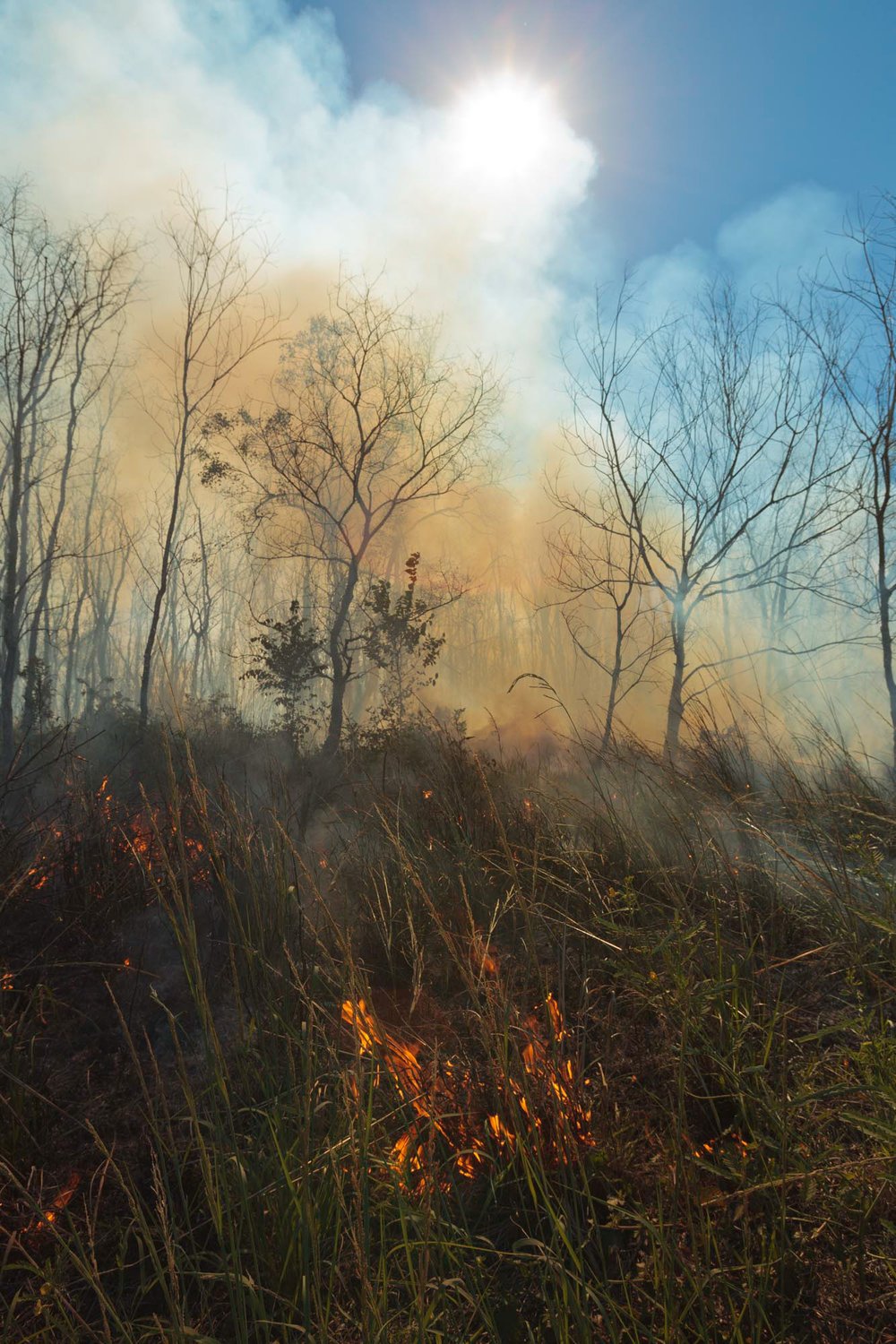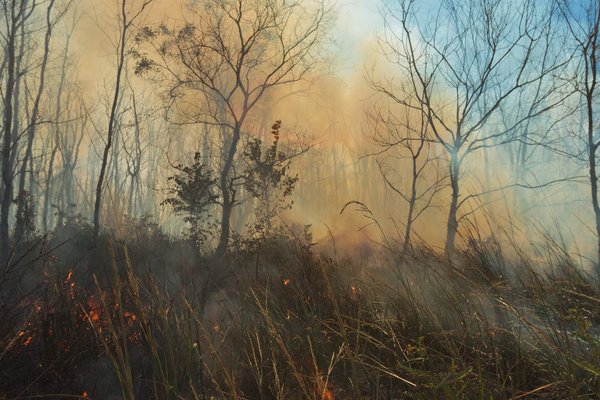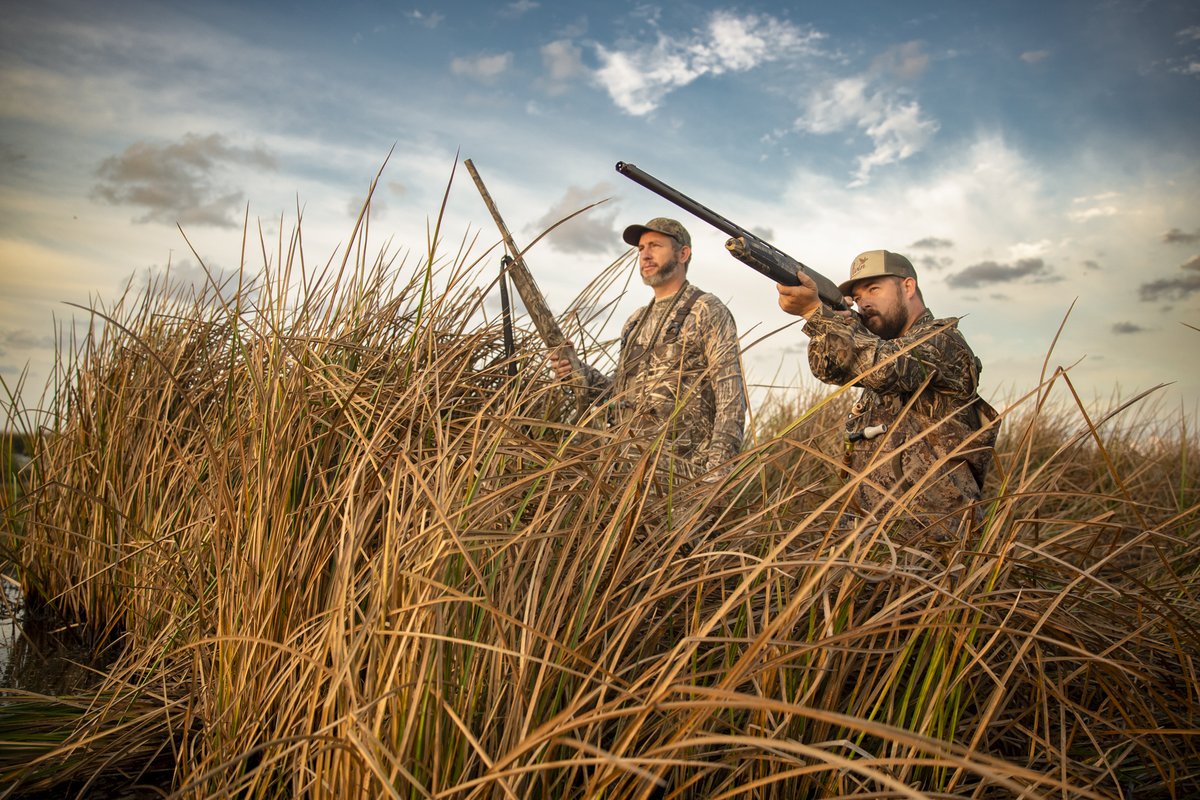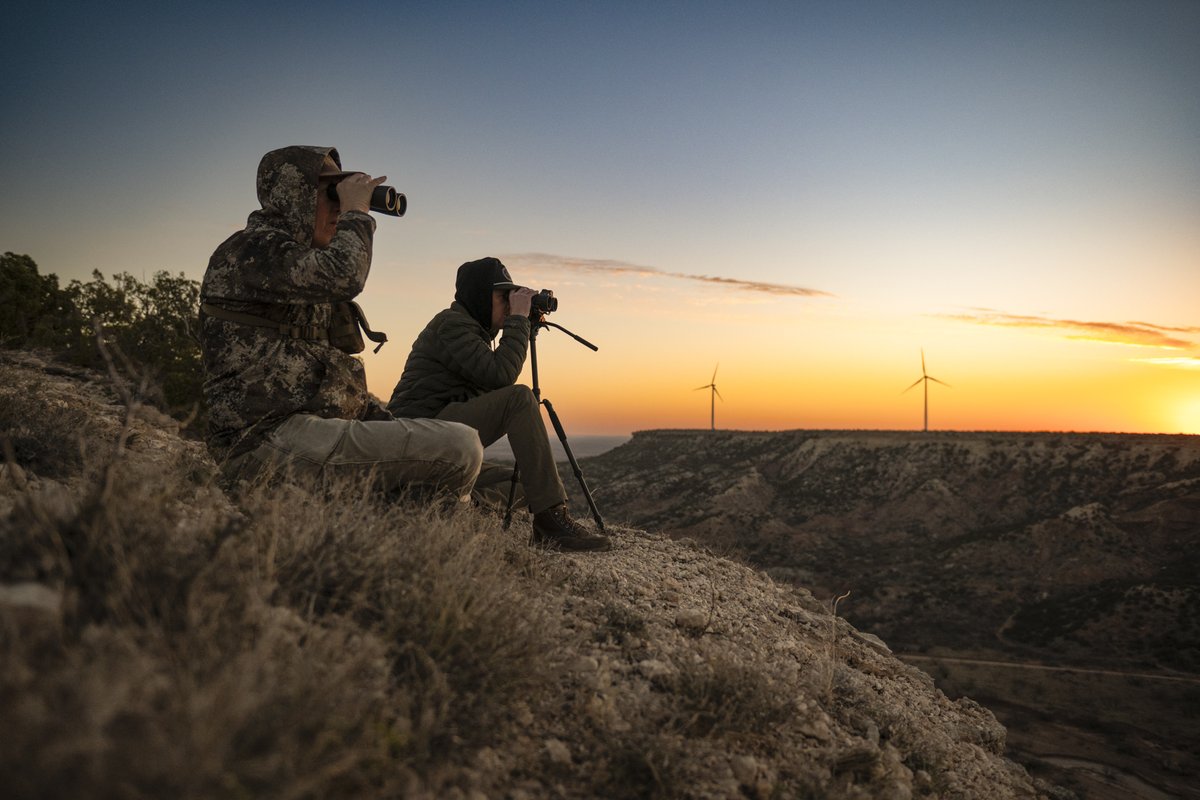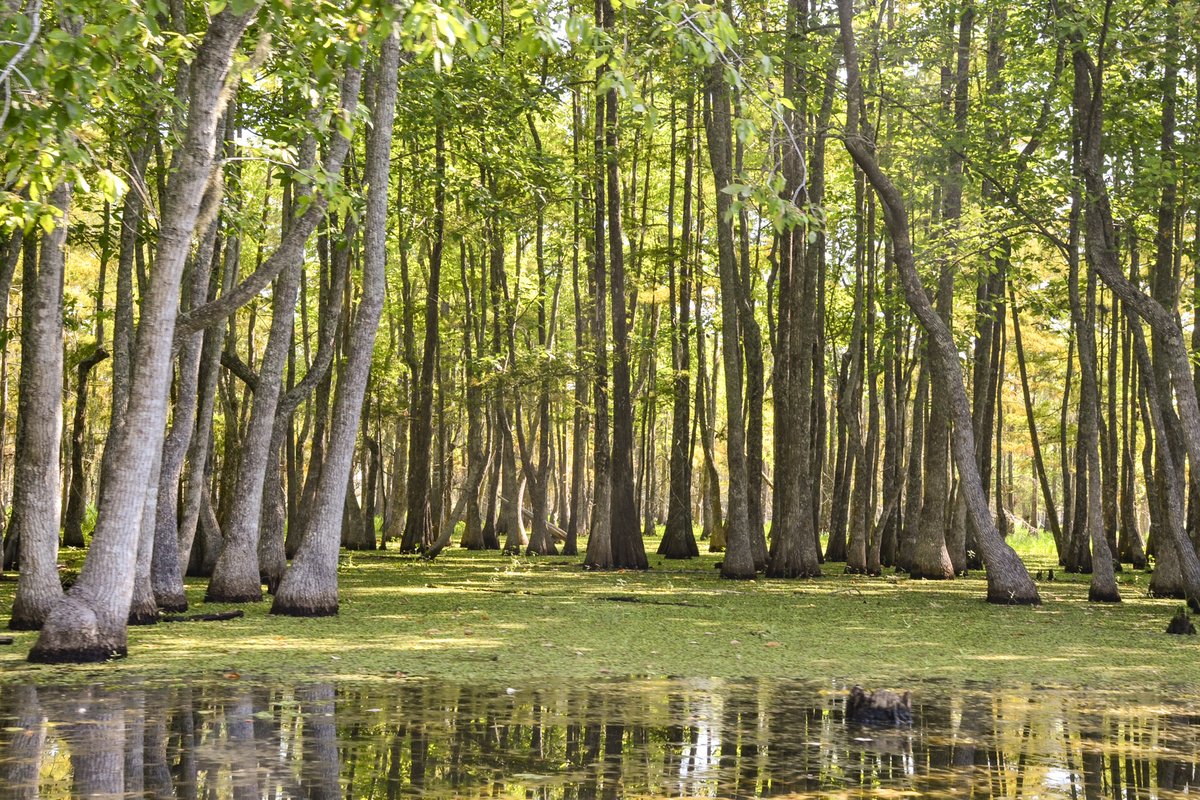A friendly, sunshine-faced songbird and a small toad that loves to sing loudly all night seem unaware of the threats that face their species. The actions we take to save them could save another species as well ... humans.
These two species — the golden-cheeked warbler and the Houston toad — make their homes on either side of the Balcones Escarpment, the surface expression of a fissure in the Earth’s crust formed 300 million years ago. The fault zone extends from Waco in the north to Del Rio in the south, featuring distinctive traits from both halves of the continent as verdant pancake-flat prairies converge on juniper-studded canyonlands and stratified limestone bluffs.
In addition to the millions of Texans who call it home, this region of hills and plains accommodates diverse and rare wildlife, including the warbler in the canyons to the west and the toad in the Lost Pines to the east.
Ensuring the survival of endangered species is complex and challenging work, especially with animals that require specialized habitats and live within a limited range, as is the case with the warbler and toad. With our state experiencing increased climate challenges such as droughts and wildfires, species conservation approaches are adapting by necessity, becoming ever more difficult, and ever more urgent.
To prepare for these obstacles, government agencies, municipalities and private landowners are increasingly cooperating to protect these endangered species as well as our own species.
First documented in the 1950s, the tiny Houston toad has inhabited local wetlands and woods for eons, making its presence known less by its appearance than by its high-pitched trill mating call. While the toad's physical attributes provide excellent camouflage from predators, its habitat has been overrun by an onslaught of urban and agricultural development throughout its range in the Lost Pines and post oak savanna ecosystems. Roads replaced wetlands; pastures replaced woodlands. In 1970, the Houston toad became one of the first amphibians to receive federal protections under the precursor to the Endangered Species Act.
Similar circumstances led to the 1990 endangered species classification for the warbler, the only migratory songbird to nest exclusively in the state. The “goldfinch of Texas,” as it is often called, migrates from wintering grounds in Mexico and Central America every March to landscapes in about 35 counties in the Texas Hill Country, where stands of mature oak and juniper utilized by the bird for nesting have been dramatically displaced by development.
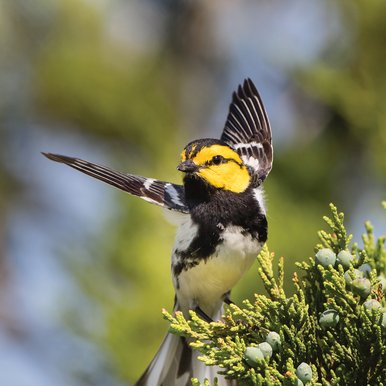
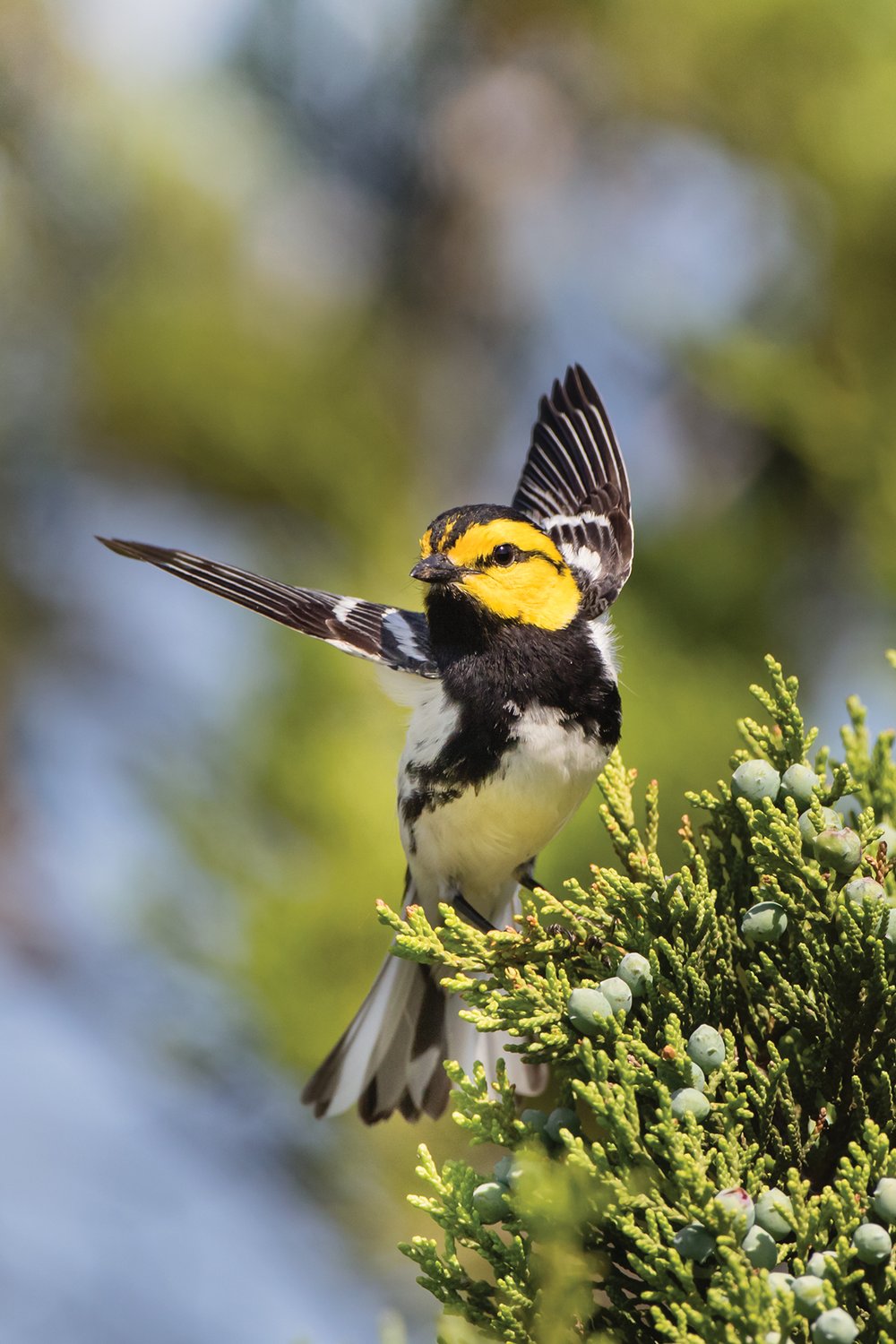
The golden-cheeked warbler and the Houston toad. Warbler Vista at Balcones Canyonlands National Wildlife Refuge northwest of Austin.
Photos by Larry Ditto, Chase Fountain (TPWD), Maegan Lanham (TPWD)
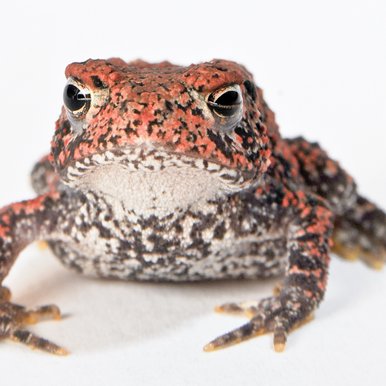
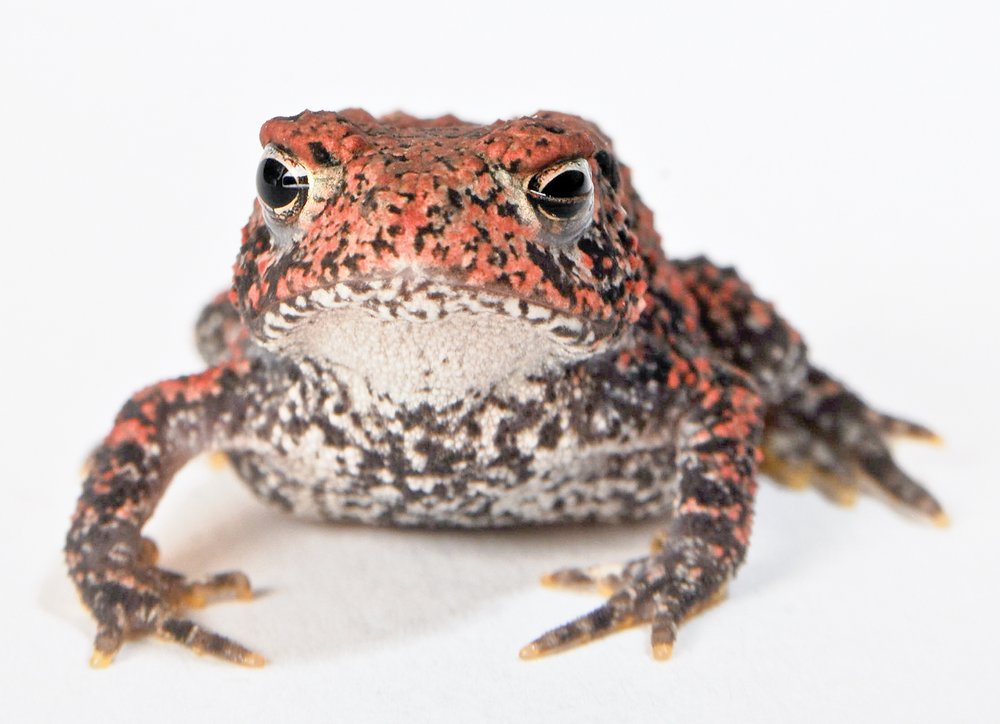
The golden-cheeked warbler and the Houston toad. Warbler Vista at Balcones Canyonlands National Wildlife Refuge northwest of Austin.
Photos by Larry Ditto, Chase Fountain (TPWD), Maegan Lanham (TPWD)
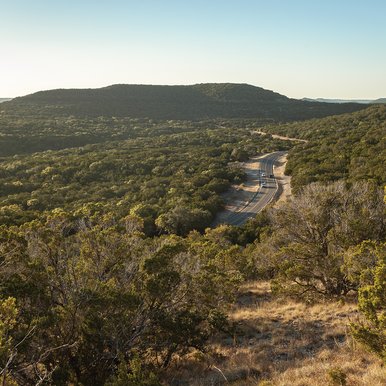
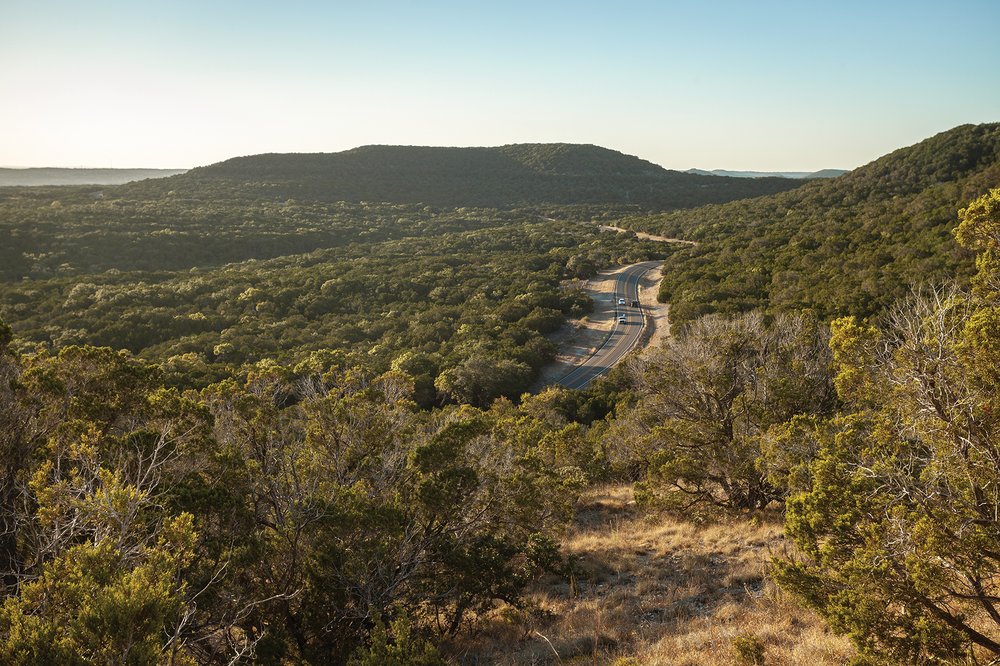
The golden-cheeked warbler and the Houston toad. Warbler Vista at Balcones Canyonlands National Wildlife Refuge northwest of Austin.
Photos by Larry Ditto, Chase Fountain (TPWD), Maegan Lanham (TPWD)
The golden-cheeked warbler and the Houston toad. Warbler Vista at Balcones Canyonlands National Wildlife Refuge northwest of Austin.
Photos by Larry Ditto, Chase Fountain (TPWD), Maegan Lanham (TPWD)
Grim Forecast
Relentless, Persevering Conservation work over decades has helped thwart extinction for both species. But while spreading development presents one challenge, extreme climate occurrences add another. Heat waves, drought and wildfire have become more common in the last decade or so, imposing daunting dimensions to the task.
In 2011, when the state registered its driest year on record, impacts were especially profound in Central Texas. That year saw the Bastrop County Complex Fire — the most destructive wildfire in state history — consume more than 34,000 acres, destroy more than 1,600 homes and cause $325 million in property damage.
Central Texas faces a troublesome outlook: The region will get hotter and, in some years, drier, which will significantly increase drought and wildfire risk.
To deal with those trends and help species such as the Houston toad and golden-cheeked warbler, biologists are working with ecologists to estimate climate projections and identify vulnerable habitat.
Based on predictions by the South Central Climate Adaptation Science Center, the daily high temperature in Texas could rise by more than 2.6 degrees Fahrenheit by midcentury.
2022 was grim. By August, more than 98 percent of the state was in drought, with 68 percent experiencing extreme or exceptional drought conditions. By the end of October, the National Interagency Fire Center reported more than 10,300 fires had scorched nearly 660,000 acres across the state.
“These are very high numbers for Texas,” says national fire center spokesperson Carrie Bilbao. “The state ranked third in the nation for most acres burned — and first for most wildfires and human-caused fires."
